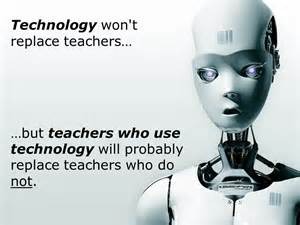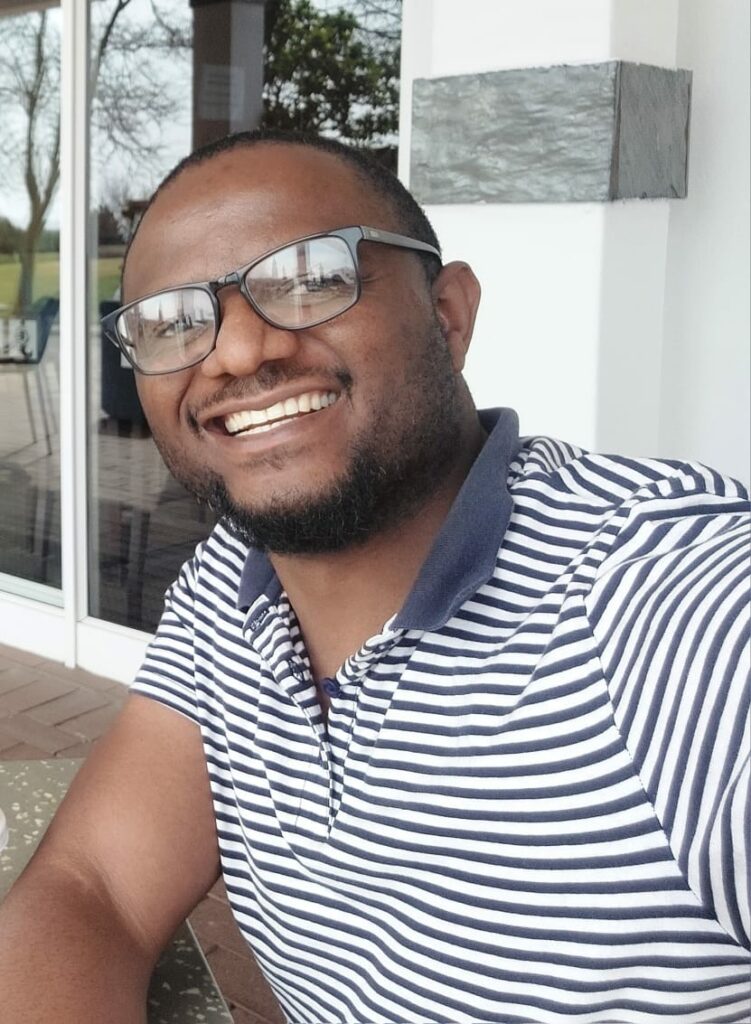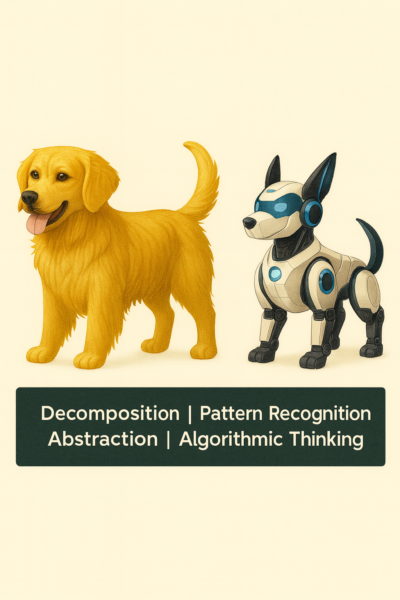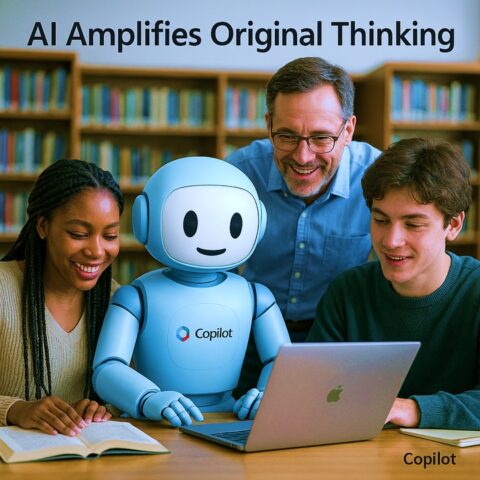The South African Schools Collection PR
From Zim To SA To UK – Computer Science, Robotics And Coding Are Uniting The World
Written By: Tafadzwa Muchochomi
International Computer Science Teacher
It was always my dream to be an international computer science teacher. This year I realised my dream after 13 years in the classroom in Zimbabwe and South Africa.
I am now in the classroom in the United Kingdom. I am settled. I am contributing to the positive future of students in the UK.
I have learned technology integration in the classroom, robotics and coding are now an education essential in every country in the world. The need for our kids to be upskilled in the use of technology is uniting us all, no matter where you are in the world, no matter how much money is allocated to ICT, no matter what technologies kids have at home.
To survive, kids need to be able to do their schoolwork using whichever technologies are available to them from sophisticated computer labs, to shared resources in their learning workspaces or their own smartphones.
Budgets are no longer deciding who learns technologies such as coding and robotics and who does not.
Technology is available to everyone in some form or another. While students are assembling, coding and flying drones, or preparing for robotics competitions, others are doing unplugged coding. Prof Greyling enlightened me about unplugged coding. It is coding without computers.
Students learning coding without a computer while being mentored by highly skilled teachers have the same opportunity to become high earning coders of the future as those learning the complexities of aerodynamics while flying drones.
With highly skilled teachers in coding and robotics, we can say goodbye to the concept of the digital divide.
We should not worry about who has what, but rather focus on developing our students using the available tools. The experience gained in problem solving, logic, critical and creative thinking can be transferred to any technology any time.
Collaborating with Knowledge Network is exciting. Surprisingly, I discovered that computer programming can be taught even to the youngest students, from Grade 000.
Imagine, Grade 000s having a discussion with their teacher about which blocks can be used to complete a programming process. Knowledge Network’s storytelling coding enables teachers to work through the coding while following a story.
It is easy. Grade 000 students understand that a coding wait block is needed if there is a time delay in the story. They know exactly where in the code they need to put their wait block and how many ‘wait units’ they need to put in the story. Grade 000 students can tell their teacher when the code does not work the way the story does.
Knowledge Network’s pedagogical resources empowered me to teach coding from Grade 4 onwards, a feat that culminated in my Grade 5 class achieving a perfect 100% pass rate in the year-end assessment.
This achievement, resonating especially since my daughter was part of the class, underscored the transformative potential of the Knowledge Network programme for technology integration, coding, robotics and ILAMM, the technology integration methodology they use.
Knowledge Network’s Grade 5 HTML assessment required students to code a web page using HTML 5, headings, a number list, a table with columns and background colours, and a display of their own line drawing of an insect. Students had to interpret data to complete the drawing with correct detail. This is technology integration involving other learning areas which most schools are trying to achieve.
My daughter, in Grade 5, completed her web page coding assessment on beetles and how to identify beetles using HTML, Notepad or Notepad++ and a painting or vector graphics program. While coding a web page is considered highly sophisticated, the tools being used can be run on the most basic computer systems such as those retired and donated to education by the world’s top billion- and trillion-dollar corporations.
It follows then that a school with the most basic equipment and highly skilled teachers could be developing the next generation of high earning web developers while completing the Grade 5 school curriculum and handing in their projects as web pages via the cloud instead of printed word documents.
Visionary thinking by Knowledge Network’s founder. Currently, web development is one of the fastest growing careers. (Forbes Advisor).
By the time my daughter leaves school, perhaps HTML will not be as popular as it is today, but she will have the base needed for anything else that comes next.
Programming languages being taught at school include Scratch 3, Python, HTML, CSS are all free. So too are some of the newer languages. Students can be seen using their smartphones to practise what they learned at school.
Even robotics in the simulator can be done on a smartphone. In the school where my daughter learned web page coding, this year’s students from Grade 1 up completed a micro:bit robotics project in the simulator as their year-end project.
Collaborating with Knowledge Network makes it easy for teachers to learn and empower their students using whatever technologies are available.
I am an international computer science teacher, now based in the UK, having achieved 100% pass rate in my CAT matric class for three consecutive years with half of my students achieving distinctions in my third year.
I participated in the SITA Robotics competition in Mpumalanga, South Africa where our robotics club crafted an intelligent solar-powered traffic light, demonstrating the practical applications of robotics. I am teaching HTML, CSS, Python, Scratch, JavaScript and other languages. I am passionate about teaching, about technology integration in the classroom and bringing positive results to my students.
My teaching skills in technology integration in the classroom, robotics and coding are needed in every country in the world.
The need for technology integration in the classroom and upskilling our students is uniting us all. Highly skilled teachers are the key to saying goodbye to digital divide.





